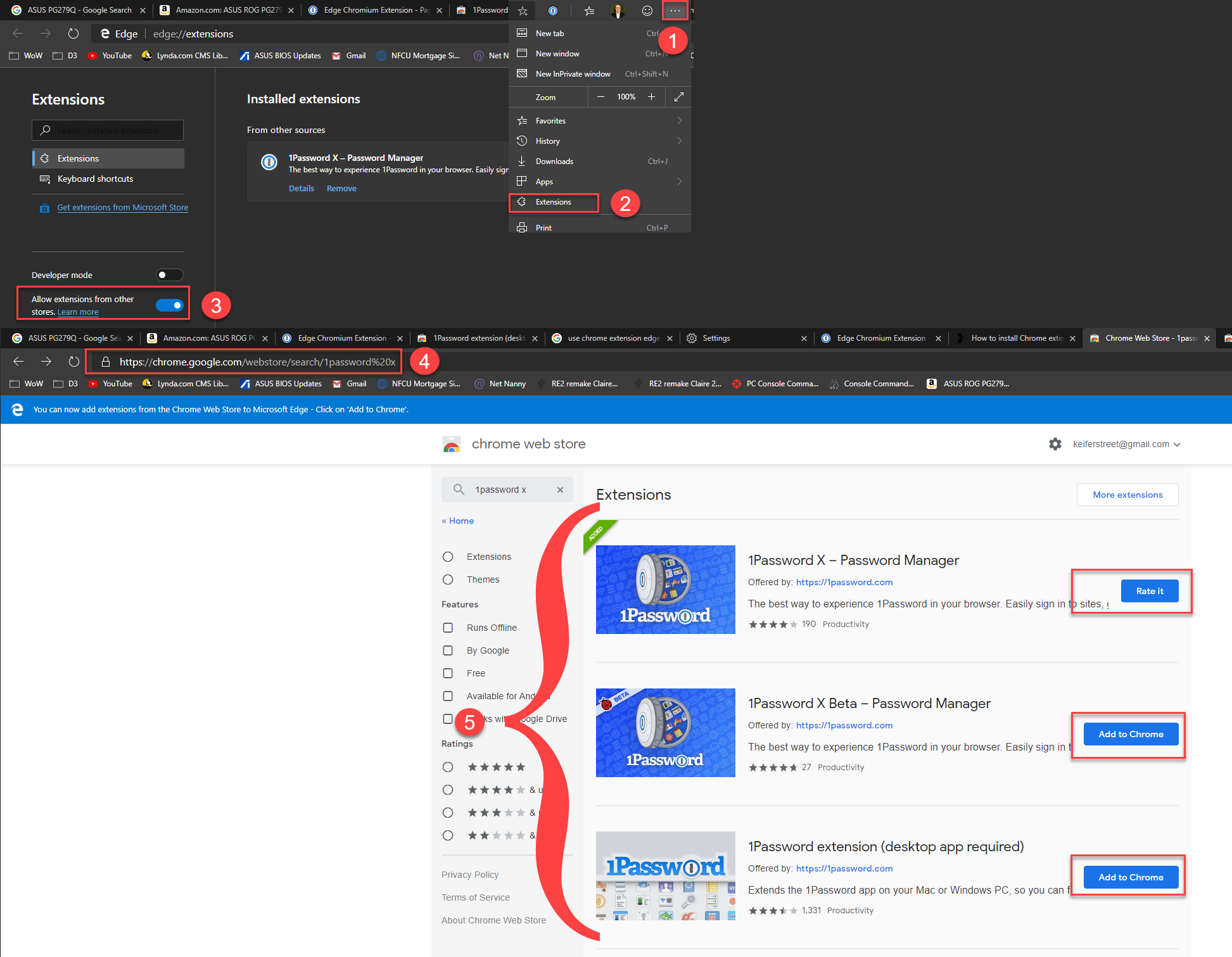- Chromium 1password Free
- Microsoft Edge Chromium 1password
- Chromium 1password Tutorial
- Chromium 1password Extension
- Chromium Password Manager
About the message
For your protection, 1Password verifies the identity of your browser before filling your information, like passwords, credit cards, or addresses. When 1Password verifies your browser’s code signature, your information stays exactly where you expect it to: in 1Password or filled on the right page.
What you should do
Chromium 1password Free
Seeing this message does not always indicate a security problem. The solution may depend on which browser you are using.
Microsoft Edge Chromium 1password
I have multiple Chrome profiles (work, personal, etc.) and use 1Password Chrome Extension on all of them. I recently had to reinstall the Chrome Extension for my work profile and now it directs me to a sign in page and asks for my email, secret key and master password. I purchased a stand alone license and use 1password 6 (1Password 6,m Version. 1Password makes suggestions as you browse the web, so you can easily sign in to sites, sign up for accounts, and fill credit card information. It also functions as an authenticator for any site that supports two-factor authentication. Macbook pro discount. Seamless sync between devices Access your passwords wherever you are. This extension requires a 1Password membership. If you don't have one yet, you can sign up when you install the extension and try one free. 1Password is a password manager that keeps you safe online. You want to use different passwords for every website, but it can be hard to keep track of them all.
Chrome or Firefox: Restart your browser
1Password can’t verify the identity of your browser if it’s in the middle of an update. Quit your browser and restart it. Doing so will allow the update to complete, and the signature will once again be valid.
Chromium: Use a browser that has been signed
The Chromium team has no plans to begin signing Chromium. That means 1Password has no way of knowing if your Chromium installation is safe. Switch to a browser that has been signed, like Chrome, Safari, or Firefox.
Beta versions of Safari and Chrome: Use the 1Password beta
If you use a beta version of a major browser, like Safari Technology Preview, use the latest beta version of 1Password.
If you still see this message
If none of the above suggestions helped, try the steps below.
Place browsers in the Applications folder
1Password for Mac can only reliably verify the signature of your browser if it is in the Applications folder. If your browser is in a subfolder or somewhere else on your Mac, move it to the Applications folder.
Restart your computer
Restart your computer before going further. It’s a simple step with no downside.
About the message
1Password 6.8 for Mac introduced a more reliable method for saving and filling in browsers called native messaging.
Native messaging improves the performance and reliability of the 1Password classic extension, especially when proxies, antivirus, and other security software would otherwise interfere with 1Password. If 1Password is unable to detect support for native messaging in your browser, you’ll see this message.
What you should do
For all browsers
First, try restarting your browser. If you’re still having trouble, follow these steps to allow 1Password to use native messaging in your browser:

Open Terminal, which is in the Utilities folder of your Applications folder.
Copy and paste the following command and press Return:
Open 1Password. Hold down the Control and Option keys on your keyboard and choose 1Password > Quit 1Password Completely from the menu bar.
Open 1Password again.
Restart your browser.
Follow the additional steps below if you use Brave, Vivaldi, or Chrome Canary.
Chromium 1password Tutorial
If you use Brave
If you use Brave, make sure you’re using Brave 0.17.19 or later. Earlier versions do not have support for native messaging.
Using 1Password in Brave requires 1Password 7 or later.
If you use Vivaldi
If you use Vivaldi, make sure you’re using Vivaldi 1.11.917.43 or later. Earlier versions do not have support for native messaging.
If you use Chrome Canary or Microsoft Edge
If you use Chrome Canary, follow these steps to allow 1Password to use native messaging in your browser:
Make sure the 1Password app and your browser are both in the Applications folder.
In Finder, choose Go > Go to Folder. Copy and paste the following path and press Return:
Copy the file named
2bua8c4s2c.com.agilebits.1password.jsonto your desktop.Choose Go > Go to Folder. Copy and paste the correct path for your browser and press Return:
- Google Chrome Beta:
~/Library/Application Support/Google/Chrome Beta/ - Google Chrome Dev:
~/Library/Application Support/Google/Chrome Dev/ - Google Chrome Canary:
~/Library/Application Support/Google/Chrome Canary/ - Microsoft Edge Beta:
~/Library/Application Support/Microsoft Edge Beta/ - Microsoft Edge Dev:
~/Library/Application Support/Microsoft Edge Dev/ - Microsoft Edge Canary:
~/Library/Application Support/Microsoft Edge Canary/
- Google Chrome Beta:
Open the folder
NativeMessagingHostsor create it if it doesn’t exist.Drag the file named
2bua8c4s2c.com.agilebits.1password.jsonfrom your desktop into theNativeMessagingHostsfolder.Restart your browser.
Get more help
If you’re still having trouble:
Chromium 1password Extension

Chromium Password Manager
- Create a diagnostics report on your Mac.
- Contact 1Password Support with a description of the problem and attach the diagnostics report that you created.
